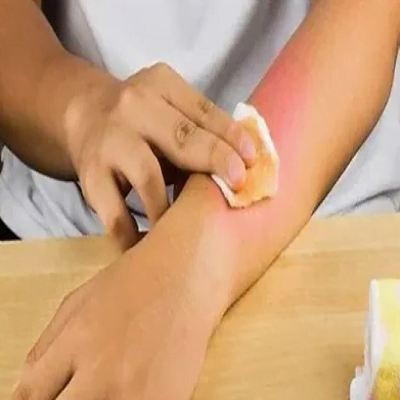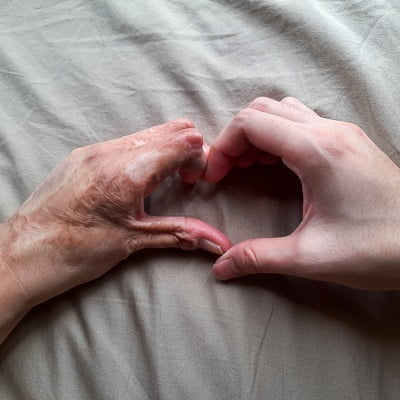
Burn injuries are among the most traumatic experiences one can endure, often leaving lasting physical and emotional scars. In medical advancements, burn reconstructive surgery in Islamabad has emerged as a beacon of hope for survivors, offering them a chance to reclaim their lives. Unfortunately, misconceptions surrounding this transformative procedure abound, perpetuating myths that may deter individuals from seeking the help they need.
In this blog, we aim to debunk some of the most common misconceptions about burn reconstructive surgery, shedding light on the reality of this vital medical intervention.
Myth 1: Burn Reconstructive Surgery Is Purely Cosmetic
One prevalent misconception is that burn reconstructive surgery is only about improving appearance, akin to cosmetic procedures. While enhancing aesthetics is undoubtedly a component, the primary goal of burn reconstructive surgery is to restore functionality and enhance the quality of life for burn survivors.
Burn injuries can cause severe functional impairments, limiting mobility and affecting essential daily activities. Reconstructive surgery aims to address these challenges, promoting physical and psychological healing.
Myth 2: Burn Reconstructive Surgery Is a One-Size-Fits-All Solution
Each burn injury is unique, varying in severity, location, and complexity. Consequently, burn reconstructive surgery is a highly personalized process tailored to each patient’s individual needs.
Surgeons employ techniques, including skin grafts, tissue expansion, and microsurgery, to address specific issues related to burn injury. The misconception that one standard approach fits all not only oversimplifies the complexity of burn injuries but also undermines the expertise of reconstructive surgeons in crafting individualized treatment plans.
Myth 3: Reconstruction Is Only for Severe Burn Injuries
Another misconception is that burn reconstructive surgery is exclusively reserved for severe burn cases. In reality, reconstructive procedures are applicable across a spectrum of burn injuries, ranging from mild to severe.
Even individuals with relatively minor burns may benefit from reconstructive surgery to minimize scarring, improve functionality, and enhance aesthetic outcomes. Early intervention can also prevent long-term complications, emphasizing the importance of timely consultation with a reconstructive surgeon.
Myth 4: Reconstruction Is Immediate After the Burn Injury
Contrary to popular belief, reconstructive surgery is not an immediate response to a burn injury. In the acute phase, the focus is stabilizing the patient, preventing infection, and promoting wound healing. Once the initial recovery is complete, reconstructive surgery can be considered.
The timing of surgery depends on various factors, such as the extent of the burn, the patient’s overall health, and the readiness of the affected tissues for reconstruction. Patience is crucial, allowing for optimal outcomes in both function and aesthetics.
Myth 5: Reconstructive Surgery Eliminates All Scarring
While reconstructive surgery can significantly improve the appearance of scars, it is essential to understand that complete elimination of scarring is often unattainable. The goal is to minimise scarring, restore function, and enhance the aesthetic outcome.
Modern surgical techniques, such as laser therapy and scar revision, achieve the best possible results. Realistic expectations are crucial, and open communication between the patient and the reconstructive surgeon ensures a shared understanding of achievable outcomes.
Myth 6: Reconstructive Surgery Is Only About Physical Healing
Burn injuries leave an indelible mark not only on the body but also on the mind. Reconstructive surgery plays a vital role in addressing the psychological aspects of recovery. Beyond physical healing, restoring a person’s appearance can significantly impact their self-esteem, confidence, and overall mental well-being.
Reconstructive surgeons often work in collaboration with mental health professionals to provide holistic support, recognizing the interconnectedness of physical and psychological health in the recovery process.
Myth 7: All Reconstructive Surgeons Are the Same
Choosing the right reconstructive surgeon is a critical decision that can profoundly influence the procedure’s outcome. Not all surgeons have the same expertise or specialization in burn reconstructive surgery.
It is essential for individuals considering reconstructive surgery to seek out a qualified and experienced surgeon who has a proven track record in dealing with burn injuries. Researching credentials, reading patient testimonials, and consulting with multiple surgeons can help individuals make informed decisions about their care.
All Summed Up!
Addressing the common misconceptions surrounding burn reconstructive surgery is essential for fostering a better understanding of this transformative medical intervention. By dispelling myths and promoting accurate information, we can empower burn survivors to make informed decisions about their healthcare journey.
At SKN Cosmetic Clinic Islamabad, Burn reconstructive surgery is a multifaceted process that goes beyond mere aesthetics, aiming to restore both the body and the spirit, offering hope and healing to those who have experienced the devastating impact of burn injuries.

